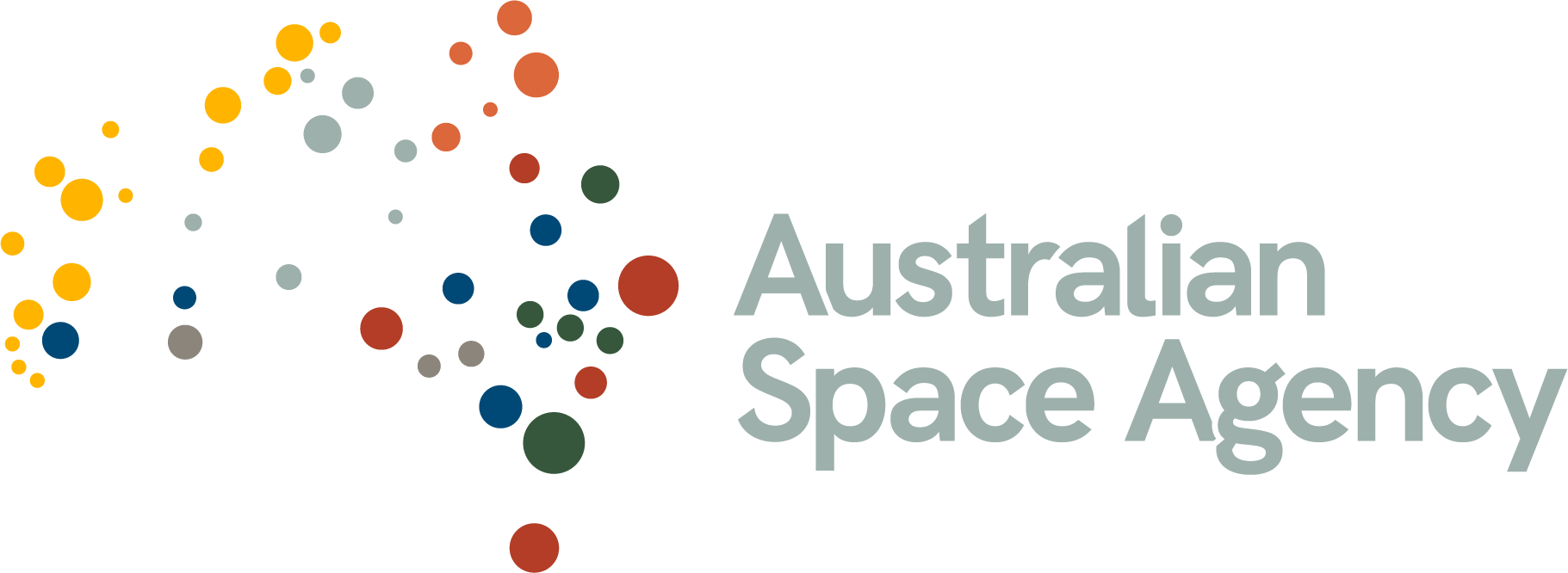Search Results
$25 million expansion of the International Space Investment (ISI) initiative will support Australian organisations.
The Australian Government is cementing Australia as a leading space nation in the region, with a range of new investments and reforms.
More than $65 million is being injected to fast track Australia’s access to space. There are 4 main elements of this package:
The Australian Space Agency has released its third roadmap, Robotics and Automation on Earth and in Space.
The program will see up to $50 million made available for Australian businesses and researchers to develop and build a small rover.
Head of the Australian Space Agency Enrico Palermo gave an address at the National Press Club as part of the Space Industry Association of Australia’s Southern Space Symposium on 29 November 2021.
The Australian Space Agency has released its second roadmap, Earth Observation from Space.
Australia is heading to the Moon. The Australian Government reached an agreement with NASA for a small Australian-made “foundation services rover” to be included in a future mission.
The Australian Space Agency has given regulatory approval for a commercial rocket launch to take place from a newly licensed launch facility.
The Australian Space Agency has granted Australia’s second launch facility licence, for Southern Launch’s facility in Whalers Way, 680km west of Adelaide.
First grant recipients announced today under the $1.3 billion Modern Manufacturing Initiative.
Today is an exciting day as we recognise and celebrate the Australian Space Agency’s third birthday.
The tender program will identify service providers with the ability to assist Australian organisations to enter space supply chains.
The European Space Agency (ESA) and the Australian Space Agency have announced the construction of a 35-metre, deep space antenna at ESA’s New Norcia station, located 140 kilometres north of Perth in Western Australia.
The Discovery Centre was officially unveiled by Prime Minister Scott Morrison.
Australia is developing a world-class space regulatory system. The regulation of Australian space and high power rocket activities will balance entrepreneurship, while ensuring national safety and security.
Beth hopes her career takes her off planet Earth. But for now, she is thoroughly enjoying her role at NASA’s Jet Propulsion Laboratory.
Australia and the United Kingdom have strengthened their ties in space.
The Australian Space Agency and Indian Space Research Organisation have signed a Memorandum of Understanding (MOU). This confirms interest from both organisations to increase their cooperation across civil space activities.
Through this initiative, Australia has the opportunity to showcase our knowledge and capabilities in projects that can support NASA.
I am honoured and privileged to come back home to Australia for the amazing opportunity to lead the Australian Space Agency. I congratulate and thank Dr Megan Clark AC for her leadership standing up the Agency and for creating the conditions for growth.
